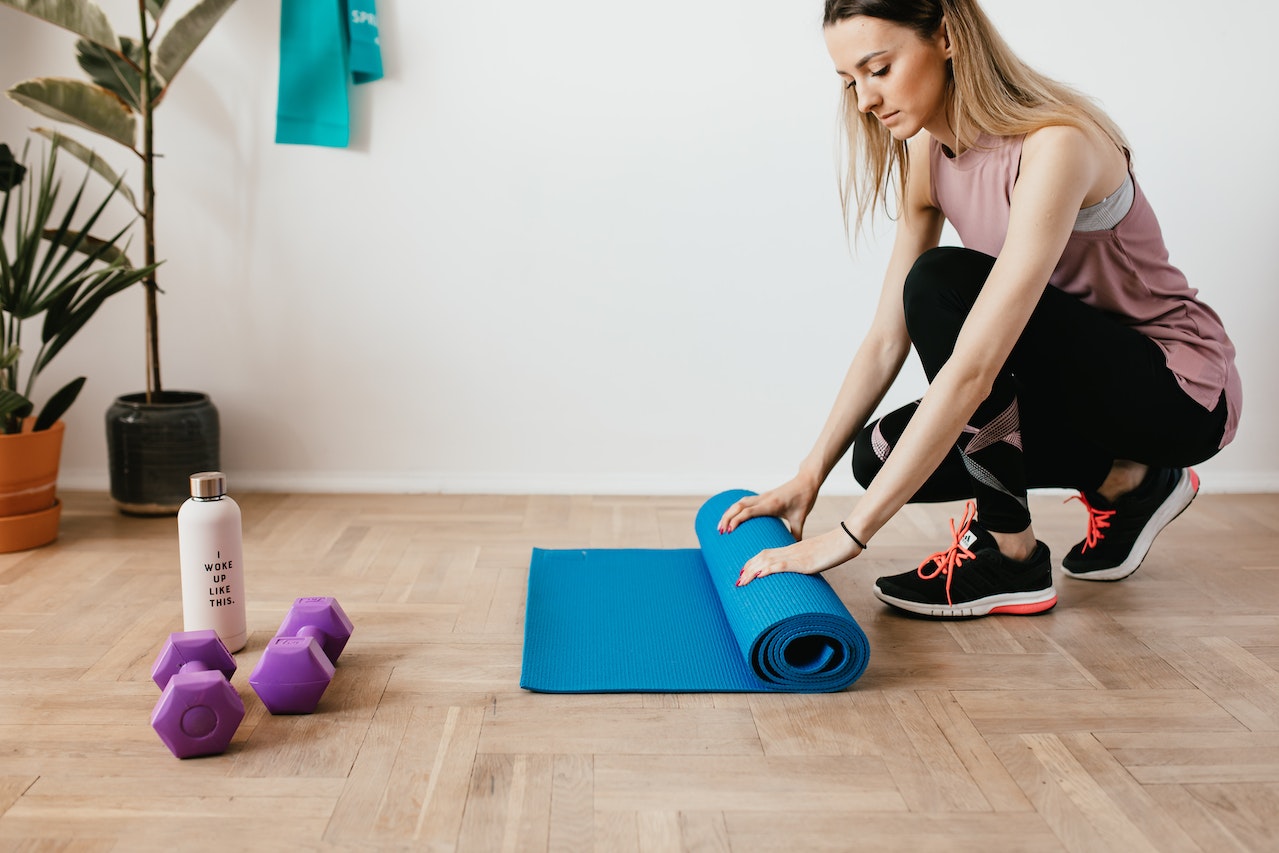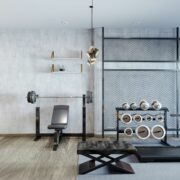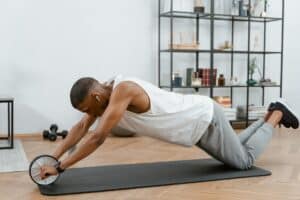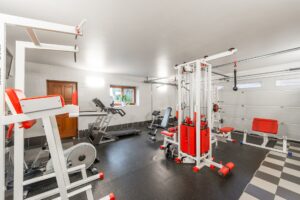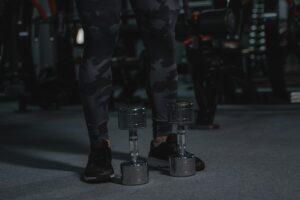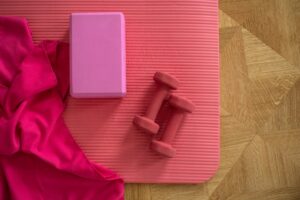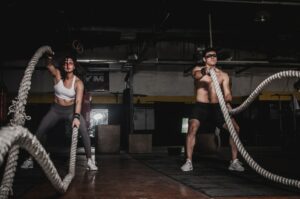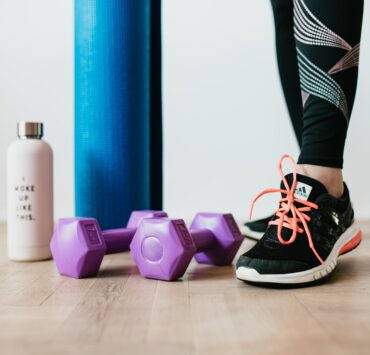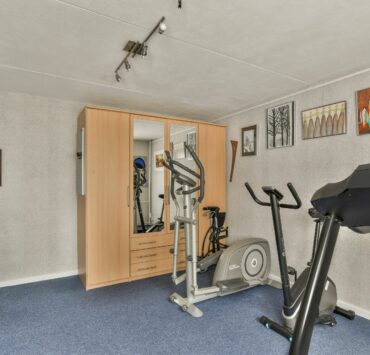Home gym flooring is an essential component of any successful workout space. It provides a durable and stable surface for equipment, protects your subfloor, and helps reduce noise and impact during workouts. However, choosing the right thickness for your home gym flooring can be confusing. In this blog post, we will explore how thick should home gym flooring be and what factors to consider when selecting the ideal thickness for your needs.
How Thick Should Home Gym Flooring Be?
The ideal thickness of your home gym flooring will depend on the type of exercise you plan to do and the equipment you plan to use. Generally, home gym flooring ranges from 6mm to 20mm in thickness. Here are some guidelines to consider when selecting the right thickness for your home gym:
Bodyweight Exercises and Yoga
For bodyweight exercises and yoga, a 6mm to 8mm thick floor mat is typically sufficient. This thickness provides enough cushioning to protect your joints while still allowing for a stable surface for balance and stability.
Cardio Workouts
For high-impact cardio workouts such as running and jumping, a thicker floor mat is recommended. A 10mm to 15mm thick mat provides additional shock absorption to protect your joints and reduce noise and vibration.
Weightlifting
For weightlifting, a thicker flooring option is required to withstand the weight of equipment and provide a stable surface for lifts. A 15mm to 20mm thick rubber flooring or foam tiles provide excellent shock absorption and protection for your subfloor.
Following the above guidelines on how thick should home gym flooring be and the
Factors to Consider When Selecting Home Gym Flooring Thickness
Equipment Weight
The weight of your equipment is a critical consideration when selecting home gym flooring thickness. The thicker the flooring, the more weight it can support without damaging your subfloor.
Subfloor
The condition of your subfloor will also affect the thickness of your home gym flooring. If your subfloor is uneven or has cracks, a thicker flooring option may be necessary to provide a level surface for your equipment and workouts.
Workout Intensity
The intensity of your workouts will also impact the ideal thickness for your home gym flooring. High-impact exercises such as running and jumping will require thicker flooring than lower-impact exercises such as yoga.
In conclusion, finding the right thickness for your home gym flooring is crucial for creating a safe and effective workout space. In order to find out how thick should home gym flooring be, you need to consider factors such as equipment weight, subfloor condition, and workout intensity, you can select the ideal thickness for your needs. Whether you opt for a thin mat for bodyweight exercises or a thicker rubber flooring for weightlifting, investing in quality home gym flooring will help protect your equipment and subfloor while providing a stable and durable surface for your workouts.
